Boobs and a Homeless Guy. Mystical!
Groton (Google Maps location)
October 5, 2013
Mystic: Bucolic seaside town with a rich whaling and fishing past.
Mystic: Regionally renowned aquarium and curio shopping.
Mystic: Incredible historic seaport museum, unmatched in size and quality perhaps anywhere.
Mystic: Expensive and touristy.
Mystic: Very near BF Clyde’s Cider Mill, Beer’d Brewing and arguably the best three wineries in Connecticut, so whatever about the crowds and expenses, you can just get buzzed on fantastic local alcohol.
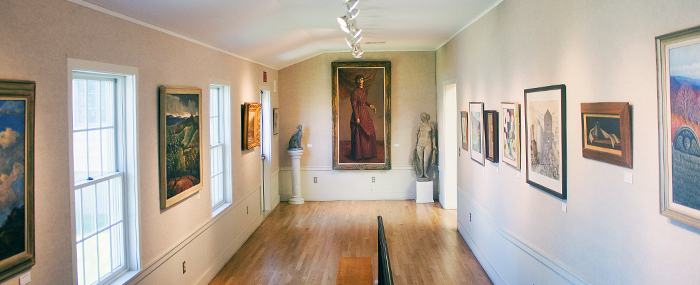
Mystic is also home to Mystic Pizza, which if you are from Iowa, is awesome.
And finally, one place that rarely appears on the brochures or state tourism sites is the absolutely free Mystic Arts Center Mystic Museum of Art (the name changed a few years after our visit). Just as good as free? MMoA’s galleries are open year-round, seven days a week, from 11 to 5. That’s more hours than the aquarium*.
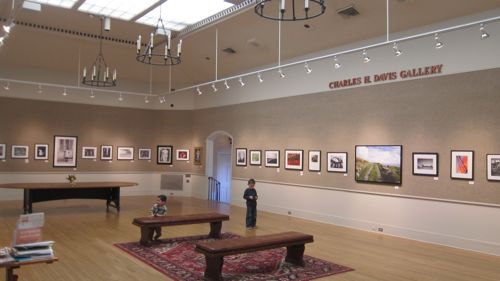
*I just made that up and I don’t feel like checking its veracity.
We went on a Stonington adventure that took in many of the aforementioned sites and places. After lunch, I suggested we mosey on over to the MMoA because, why not?
Because we have a rambunctious two-year-old and a difficult special needs seven-year-old? And art galleries are often places for quiet reflection? Bah. The boys like their art as much as the next guy. And I promised them boobs.
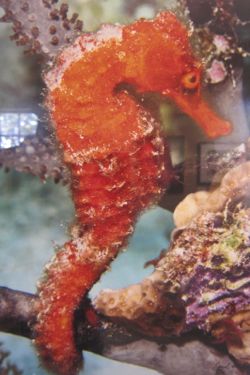
Fortunately, the gallery – which is actually four separate galleries – was completely empty save for the lady at the entrance who had the magical ability to ignore our nonsense.
The building is really quite beautiful. And even if it wasn’t, it’s located on Water Street and abuts the Mystic River, so it wouldn’t even matter. And get this: The original incarnation of the MAC/MMoA is now over 100 years old:
Mystic Arts Center began under the leadership of nationally recognized landscape painter, American Tonalist and Impressionist Charles Harold Davis who, in 1913, came to Mystic followed by some of his peers to settle and paint along the Mystic River. The members of the artist colony organized the Mystic Art Association in 1913. The Association built and opened the Water Street art gallery in 1931, and accepted its first permanent art collection, donated by the widow of Charles Davis in 1933.
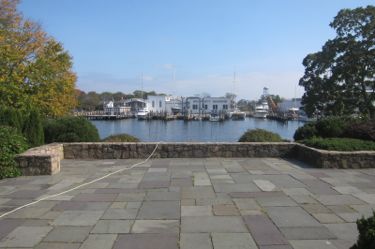
The first, and largest, gallery is the Charles H. Davis Gallery which makes sense in light of the previous sentence. Here, we enjoyed the bulk of the Photo Show 35 temporary exhibit. I don’t know if it was the 35th photo show or that’s just some artsy hipster moniker that means something to people in the know.
Regardless, the exhibit showed off the 114 juried photos from… from I don’t know. From local people who entered them to be exhibited? (Actually, here are the rules for entry.) I’m glad I just read that, as I’ve never bothered to understand how these things work before. Neat. So in theory I could submit my embarrassingly awful photos to a juried show selection committee? Rad.
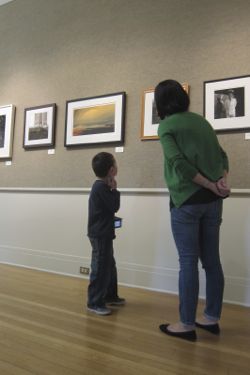
I also just read the notes from the main guy who selected the photos for the show and ultimately, the winners. He asks, “So how does one step into a gallery full of photographs, covering a wide range of subjects, styles and execution, all on the floor leaning against the walls, spread out across 5 rooms and hallways?”
He really goes into detail about how he selects the photos. Like:
[My method] is to give each of you and your photograph some time to convince me to stick around for another round. I literally hold up each photo against the wall, under good light, and study it. Round after round after round. The normal rules apply: good lighting, composition, color, tonal range, contrast, focus, execution, presentation, etc. For those of you who are in the show, your picture(s) held my interest through 5 rounds, which took 5 hours and probably added more than a few unwanted gray hairs.
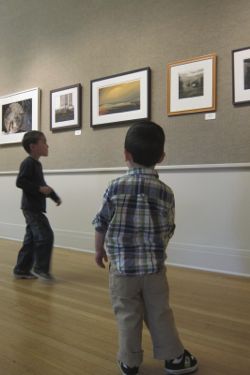
Dude. Just pick the ones that look good.
He also tells those who didn’t make the final cut what’s up:
You need to continue to work hard on your image making. Edit your work ruthlessly and enter only your very best photographs. Understand how to better use the tools at your disposal, such as your camera…
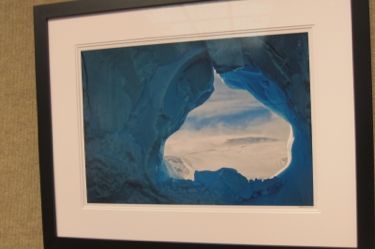
Haha. Gee, really? Ya think? Anyway:
… and your imaging software. Don’t forget that how you chose to print your picture is very important. There is a very wide range of paper choices to choose from. Surface and size are key ingredients that need to be considered. Try buying a sample pack of paper, then print the same picture on different papers and see which print makes that image come alive. Make sure that you clean up and optimize your digital image in post-production. Your print, glass, mat and frame need to be clean and dust free.
I love the kindness and helpful attitude and patronizing spirit of this guy. He rules; perfect to judge photographs.
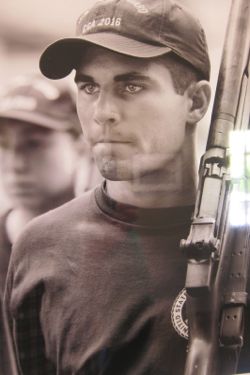
Oh. Okay.
(He’s Shane Gutierrez from Rhode Island and he has been working, studying and playing with photography for over 30 years. His business, Shane Photography, opened shop in 1988, specializing in corporate, product and architectural photography. For the past ten years, he has been an instructor for the RISD CE Digital Photography Certificate Program, so there you go.)
Here’s his pick for best photo:
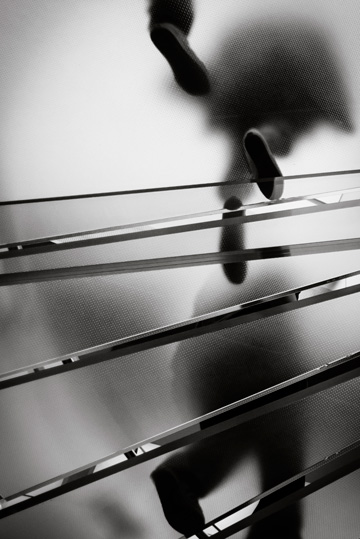
Nick Benson, For the Workforce, Drowning
And here’s mine:

Just kidding. But I warned you there’d by exposed H. sapiens mammary glands up in this page’s title.
I really dug this photo, though please appreciate that my photos of good photos aren’t necessarily good photos:
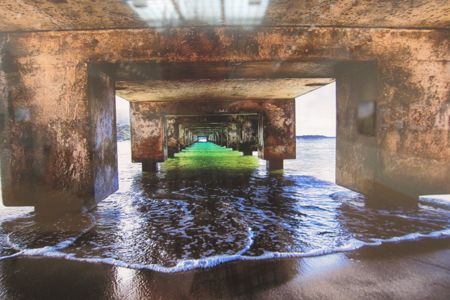
I think this is Syd Pauley, Jr.’s Hanalei Pier, Hanalei, Ka Uai
The boys enjoyed the large space within which to run around like the nutballs they are. Hoang and I enjoyed the exhibit, as we both enjoy excellent photography. There were some really interesting and well-crafted pictures on display.
There was also a related exhibit going on entitled, “100 Years of Photography” which were photos from the local historical society’s collection. They were a bunch of old photos of Mystic, the looks of which you can readily imagine.
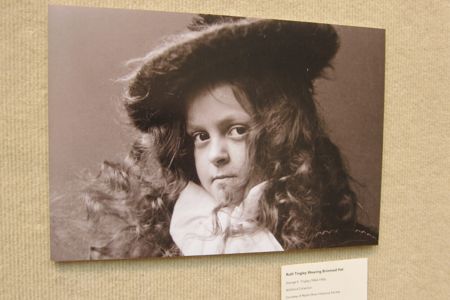
Which you’ll have to do, because I have no photos of the photos other than this wonderful portrait above by George E. Tingley of his daughter called, “Ruth Tingley Wearing a Brimmed Hat.”
In the back of the building, there was a rather small little room where selections from the museum’s permanent collection hang. The permanent collection includes paintings from the founding members of the art colony here than begat the present day museum. For those of you who know about these things, they were: Gladys Edgerly Bates, Kenneth Bates, Earnest H. Barnes, Murray Bewley, Beonne Boronda, Lester Boronda, Robert Brackman, Beatrice Cumming, Charles H. Davis, G.Victor Grinnell, Julian Joseph, Walt Killam, Carl Lawless, Nat Little, J. Olaf Olson, Y.E. Soderberg, Harve Stein, Herbert M. Stoops, G. Albert Thompson, Lars Thorsen, George E. Tingley, David Birdsie Walkley, J. Alden Weir, & Charles H. Woodbury.
Hey, even I recognized one of the names – J. Alden Weir. He’s sorta famous.
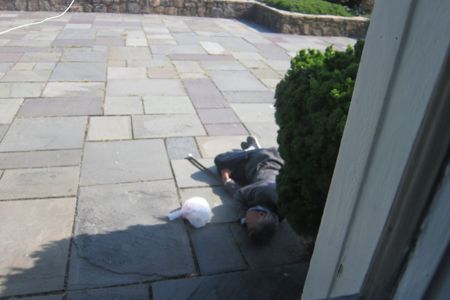
On our way back through the galleries, we passed a homeless guy sleeping outside. I took a picture because it’s art. It shows that we, as humans, must always be conscious of our surroundings. We must not take anything for granted. While admiring art, it’s easy to get lost in the beauty, so a hobo sleeping outside the window provides the perfect juxtaposition; one man at home lying on a cold, hard slab of concrete while another gazes upon him from the warm, inviting confines of the exclusive and moneyed art world.
Fin.
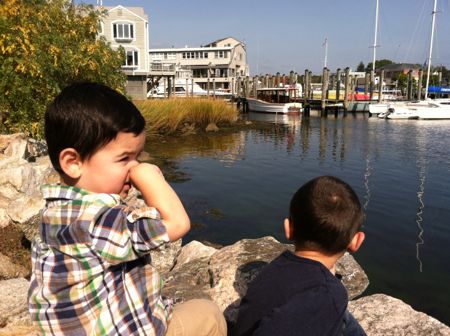

![]()

 Catherine says
Catherine says
March 7, 2014 at 12:01 pmThis is pretty magical…thank you for writing. I hope to get it into our press landscape somehow. Just need to run it by the director. Could I have a name to attribute this to? I can’t seem to find one on the blog.
Thanks,
Catherine
Marketing Coordinator at Mystic Arts Center
 Shannon Alwaise says
Shannon Alwaise says
August 15, 2016 at 3:38 pmthat’s my great-grandmother in the George Tingley photograph.
 Richard McGrath says
Richard McGrath says
November 20, 2018 at 6:08 pmThe artist name with the correct spelling should be: David Birdsey Walkley.